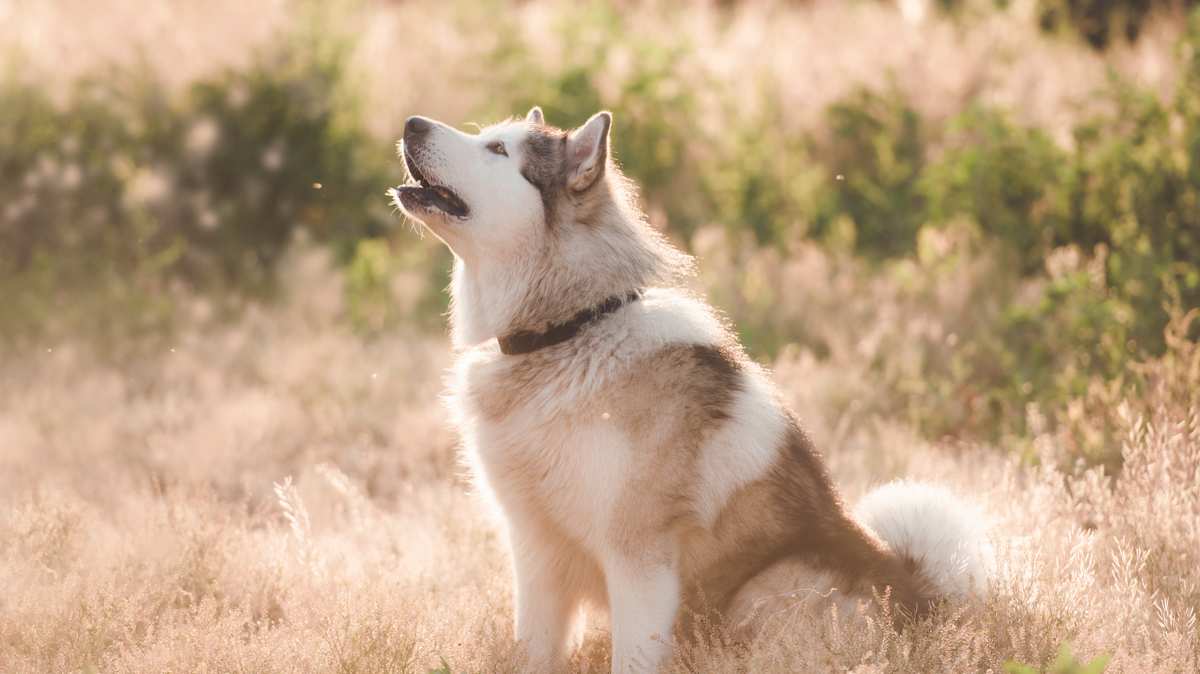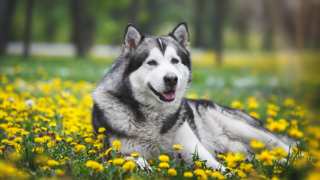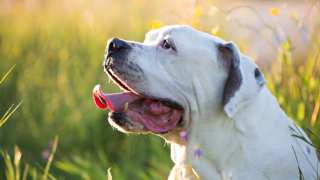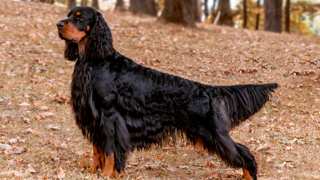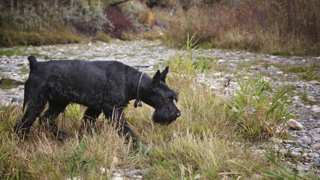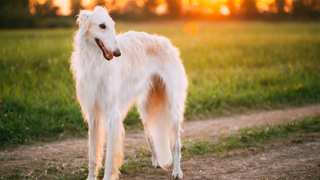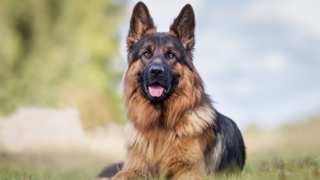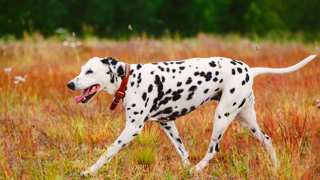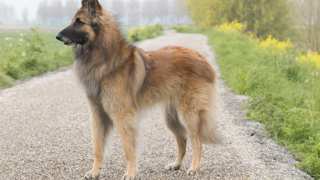As with all breeds, the Malamute diet is extremely important in keeping these dogs healthy and happy. As such an active breed, Alaskan Malamute food will need to be high in animal proteins, carbohydrates, and healthy fats--and in fact, some breed enthusiasts say the best dog food for an Alaskan Malamute is a BARF (Bones And Raw Food) diet. These dogs are believed to be directly descended from wolves, the enthusiasts argue, so they benefit most from a diet similar to their feral ancestors. While those enthusiasts might indeed be correct, a majority of "regular" Mal owners say the BARF diet is simply too inconvenient, so the most popular choice is premium dry kibble. The dry food will need to be high-quality because it'll have the nutritional requirements that cheap dog food, which contains a lot of empty "filler" calories, simply doesn't have.
Whatever you choose to feed your Mal, there should be a lot of it--and the dog will probably still beg for more. In regards to portions, Alaskan Malamute food requirements are: 3-3½ cups per day for adult Mals, divided into two meals; depending on their age, puppies need about 2½ cups per day, divided into three meals. (These amounts may vary based on the Mal's age and activity level; a dog that spends the day pulling snow sleds, for example, will likely eat more than one that lounges around all the time.) For further reference, see the following Alaskan Malamute feeding guide:
Alaskan Malamute Feeding ChartDog AgeDog WeightFood TypeAmountFrequency2 Months15 lbsDry0.3 cups3x/day3 Months25 lbsDry0.5 cups3x/day6 Months45 LbsDry0.75 cups3x/day9 Months60 lbsDry1.25 cups2x/day12 Months75 lbsDry1.5 cups2x/day18 Months+85 lbsDry1.75 cups2x.daySurprisingly, even though Mals are extremely athletic, they have a high tendency to become overweight if allowed. And part of the reason is genetics: for centuries, these dogs have been utilized as sled dogs, often pulling sleds for hours with no meal break. Modern Mals, therefore, have an instinctive tendency to wolf their food (and then beg for more!) because to them, they may not another chance to eat for many hours. What this means is that a Mal will eat a meal in two minutes, beg for more, owners will keep feeding the dog...and before the owners know it, they've got a fat Malamute waddling around. Veterinarians and breed experts all recommend having a consistent feeding schedule, with consistent portions--and no matter how much your Mal begs, no seconds! Vets also strongly advise against "free-feeding" a Mal, whereby food is left in the dog's bowl all the time so it can eat anytime it wants. It's best to put your Mal's bowl down only at mealtimes, then pick it up 15-20 minutes after the dog begins eating.
If you're worried your Malamute is overweight, give the dog this simple Ribs Test: run a hand along its side, and if you can't feel any ribs, it's diet time. Decrease the dog's daily food intake by one-fourth, and add an extra walk or play period to its daily exercise schedule.
